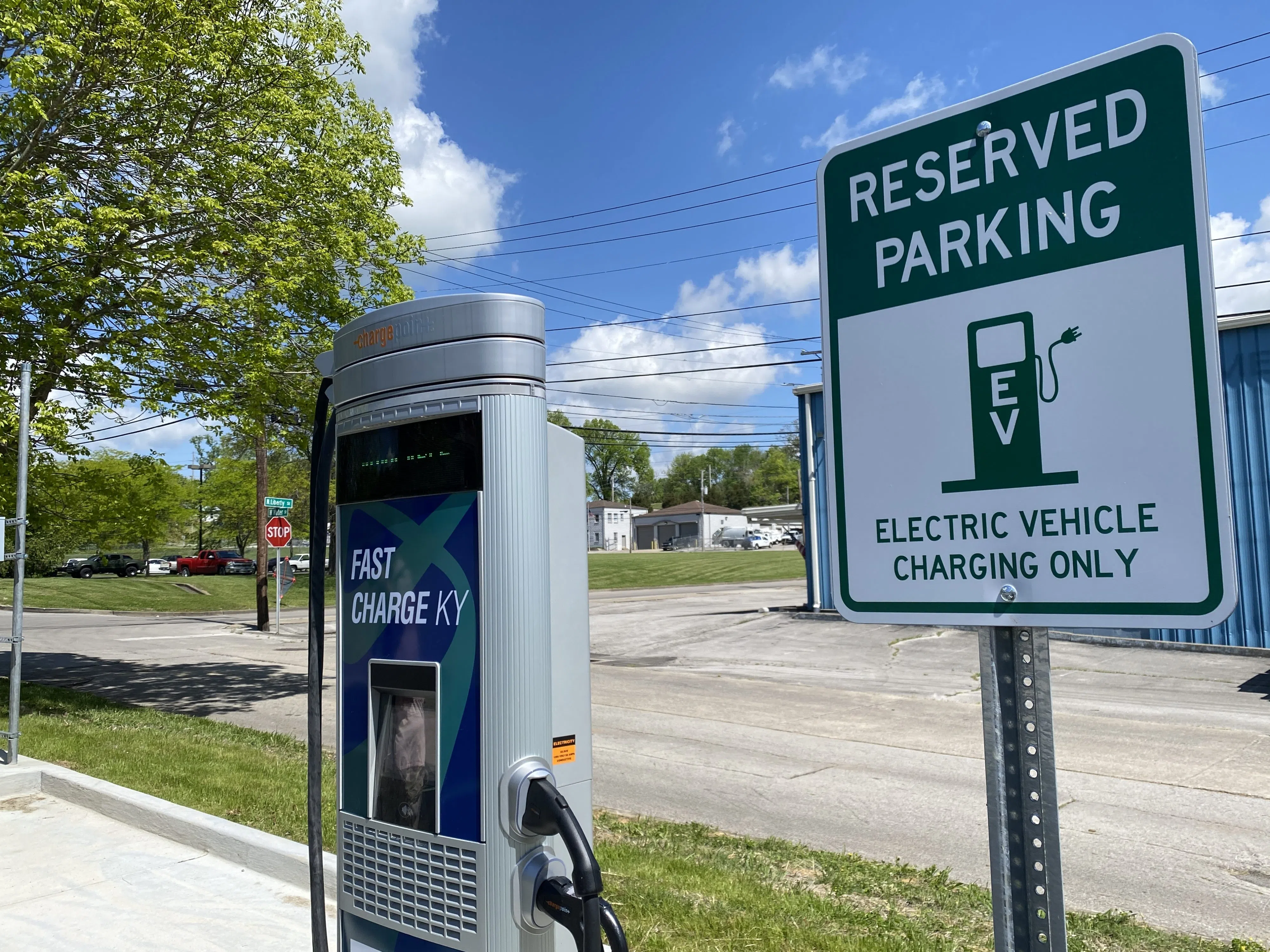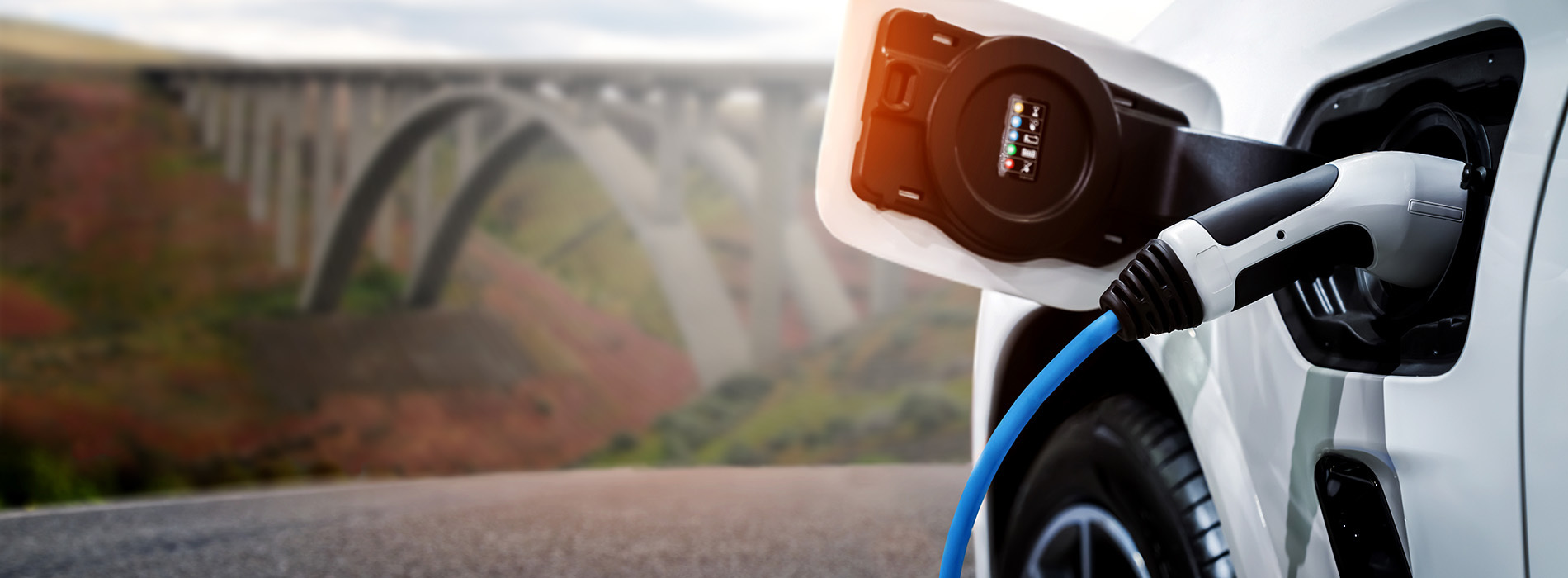Key Innovations in the EV Sector You’ll Find in Today’s Buy EV Charging news
Key Innovations in the EV Sector You’ll Find in Today’s Buy EV Charging news
Blog Article
New Dope in EV Charging: How the Sector Is EVolving to Satisfy Demand
As the electrical lorry (EV) market proceeds to increase, the billing infrastructure is going through substantial makeovers to address the rising demand. Secret growths in ultra-fast charging innovations, combined with clever grid assimilation, are improving the landscape. Technologies in battery modern technology guarantee boosted performance and sustainability. The search of international billing standards remains a vital element in allowing seamless individual experiences and widespread adoption. The ramifications of these innovations elevate vital inquiries regarding the future of EV billing and its function in the broader power community.
Development of Charging Infrastructure
The rapid expansion of electric vehicle (EV) billing framework is an essential part in facilitating the prevalent adoption of electric flexibility. As federal governments, exclusive companies, and customers significantly recognize the value of decreasing carbon exhausts, investments in billing networks have risen. This infrastructure growth is important to alleviate range anxiety, guaranteeing that EV users have convenient accessibility to charging stations.
Substantial advancements accountable terminal innovation and deployment techniques have emerged. Urban locations are seeing a spreading of public charging terminals, while rural areas are slowly being incorporated right into the billing network. Collaborations between automotive producers and charging suppliers are becoming much more common, facilitating the facility of detailed networks that improve individual experience and availability.
Furthermore, the assimilation of sustainable power sources right into charging terminals is obtaining momentum, promoting sustainability in the EV environment. This transition not only supports environmental goals but also straightens with the climbing need for environment-friendly power services amongst customers.
Ultra-Fast Charging Technologies
Ultra-fast billing technologies represent a substantial leap ahead in the EV billing landscape, enabling electrical cars to reenergize in a portion of the moment compared to conventional billing techniques. These technologies normally provide power degrees surpassing 150 kW, with some systems rising to 350 kW or even more, drastically reducing charging times to as low as 15-30 minutes for a significant cost.
Key allowing modern technologies consist of advancements in battery chemistry, power electronic devices, and thermal administration systems. For example, high-capacity batteries with boosted thermal stability permit faster charging without overheating. In addition, developments accountable facilities, such as liquid-cooled cable televisions and modular billing terminals, assist in efficient power transfer, enhancing the total individual experience
Significant automobile manufacturers and innovation companies are actively purchasing ultra-fast charging networks, acknowledging the crucial role they play in getting over variety anxiousness and increasing the fostering of electrical lorries. As these technologies come to be a lot more commonly available, the EV market is expected to witness considerable development, making electrical wheelchair an extra attractive choice for consumers. Overall, ultra-fast billing innovations are essential fit the future of sustainable transportation, leading the way for a more efficient and comprehensive billing community.
Smart Grid Integration

Through need feedback strategies, clever grid systems can adjust billing timetables based on grid conditions and power prices. During periods of high need, charging can be delayed to off-peak hours, resulting in lower costs for consumers and minimized stress on the grid. Additionally, vehicle-to-grid (V2G) modern technologies allow EVs to release energy back right into the grid, supplying supplementary services and enhancing grid security.
Assimilation with renewable resource sources even more improves the sustainability of EV billing. By lining up billing tasks with durations of high solar or wind generation, smart grids advertise a greener charging framework. Ultimately, wise grid integration not just supports the growing need for EVs yet likewise adds to an extra resistant and sustainable energy future, placing the market for long-lasting success.
Battery Technologies
Among the rapid development of electric vehicles (EVs), battery innovations stand at the site web leading edge, driving advancements in sustainability, efficiency, and performance. As the demand for EVs rises, manufacturers and researchers are concentrating on enhancing battery innovations to address difficulties such as range anxiousness and charging times.
Lithium-ion batteries stay one of the most commonly utilized technology, yet new products and chemistries are emerging to improve energy density and longevity. Solid-state batteries, as an example, assure greater energy storage space ability and enhanced safety and security by changing fluid electrolytes with strong ones. This change can considerably decrease the threat of fire and enhance the lifespan of batteries.
In addition, developments in battery recycling procedures are vital for sustainability. Firms are developing techniques to he has a good point recuperate valuable materials like lithium, cobalt, and nickel from utilized batteries, promoting a round economy and lowering ecological influence.

International Charging Standards

Efforts are underway to establish global charging standards that assist review in compatibility amongst different EV models and billing stations. Organizations such as the International Electrotechnical Compensation (IEC) and the Society of Automotive Engineers (SAE) are functioning collaboratively with auto manufacturers and power companies to create comprehensive standards. EV Charging news. These requirements aim to improve the charging procedure, decrease the requirement for numerous adapters, and boost customer experience
Furthermore, standardization can dramatically reinforce the expansion of the charging network, as it motivates financial investment by making infrastructure growth extra foreseeable and effective. As the EV market grows, a unified technique to billing requirements will certainly be important for making sure that customers can bill their automobiles comfortably and reliably, thereby sustaining the more comprehensive shift to lasting transportation.
Final Thought
The electrical automobile billing sector is going through significant transformation to resolve the surging need for sustainable transport. Developments in billing infrastructure, ultra-fast technologies, wise grid integration, and cutting-edge battery options are critical in enhancing customer experience and operational effectiveness.
Urban locations are seeing a proliferation of public charging terminals, while country areas are progressively being incorporated into the billing network. Furthermore, developments in charging infrastructure, such as liquid-cooled cables and modular charging terminals, assist in efficient power transfer, enhancing the total user experience.
Overall, ultra-fast charging modern technologies are pivotal in shaping the future of lasting transport, paving the method for a much more effective and extensive charging community. - EV Charging news
By lining up charging activities with durations of high solar or wind generation, clever grids advertise a greener charging facilities.Initiatives are underway to develop international charging standards that facilitate compatibility among various EV versions and billing terminals.
Report this page